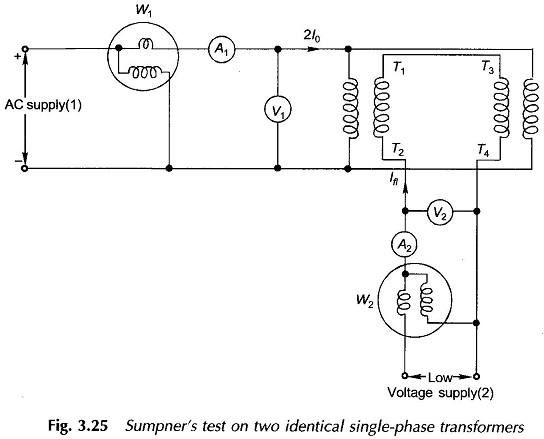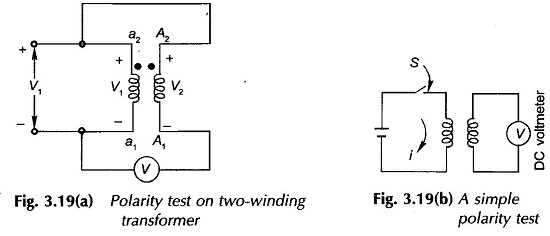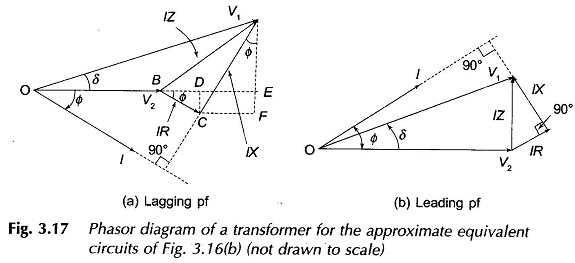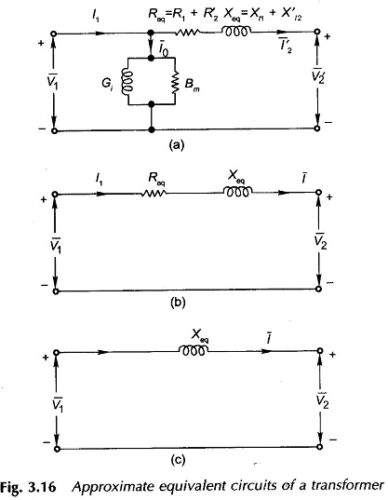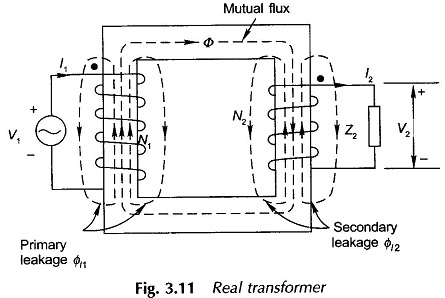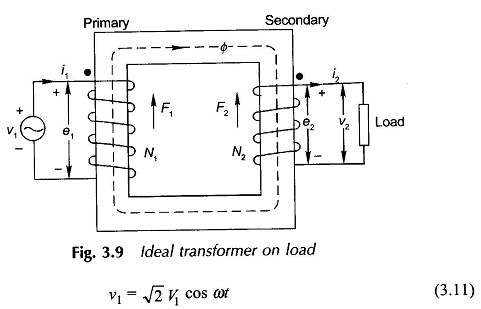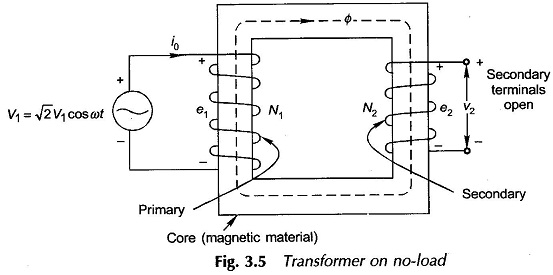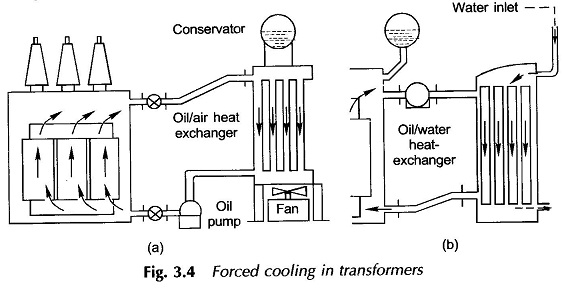Sumpner Test of Transformer
Sumpner Test of Transformer: While OC and SC tests on a transformer yield its equivalent circuit parameters, these cannot be used for the ‘heat run’ test wherein the purpose is to determine the steady temperature rise if the transformer was fully loaded continuously; this is so because under each of these tests the power loss […]
Sumpner Test of Transformer Read More »

